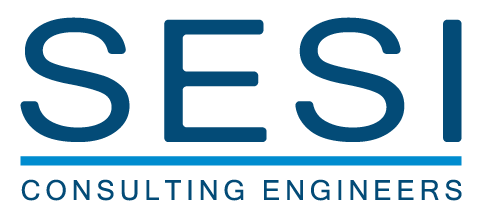SESI was concise and thorough in their communication and reporting which aided in getting our institutional partner and lender on board to commit to the project.
SESI also provided 3rd party oversight during the construction phase of the project ensuring the contractors followed the design and provided guidance when contractors encountered issues.








